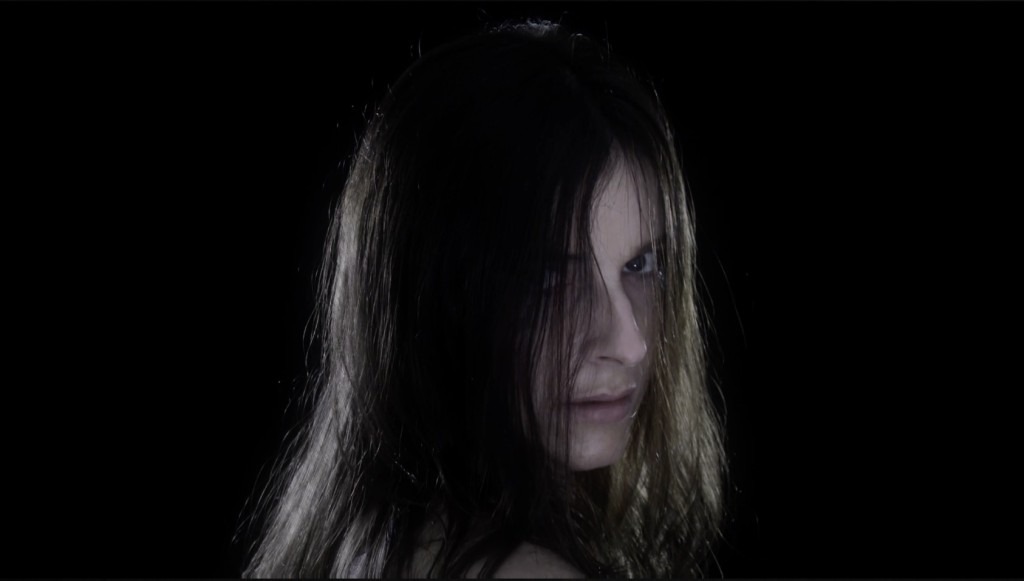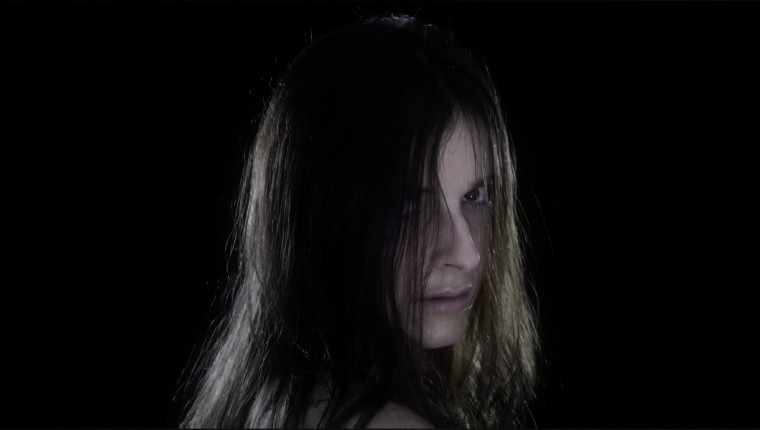. . .
Dreamlike and layered with references, Corazón Azul (Blue Heart, 2021) shows its audience a Cuba alien yet familiar to those who live there or who have visited.
The filmmakers, Miguel Coyula and Lynn Cruz, presented their film at Eckerd College’s free weekly International Cinema Series in early November, part of a US tour that will include Princeton, Syracuse, and Arizona State.
Shot in Havana, Cienfuegos and Matanzas and manipulated extensively in post-production, Corazón Azul presents an alternate reality in which Fidel Castro has deployed genetic engineering to build the “new man” to steer the island towards socialist utopia. The experiment fails, creating individuals whose immense intelligence and apparently innate cruelty set them apart from the rest of humanity.
Of note is the filmmakers’ choice to shoot the film in chronological sequence. Usually, films get shot out of sequence, so that cast and crew can economize by grouping scenes together that take place in the same locations.
This practice puts strain on actors, especially – since they may be required, for example, to exhibit emotions earlier in the production’s arc than where they fall in the story.
But had Coyula and Cruz attempted to shoot the film out of sequence, the film they would have ended up with would have been radically different from what they now have – after revising the script and shooting and reshooting footage over the course of ten years.
Among the factors affecting the production and the story itself were visits from the Cuban domestic security apparatus and threats from the agency to those involved in the making of Corazón Azul. In fact, a character who dominates the early part of the film vanishes, his death implied, because the actor quit the production under pressure from security agents.
Losses like this happened repeatedly, and Coyula and Cruz had to shoot guerilla-style, without permits and without institutional support. It seems lucky the film exists at all.
To deepen the sense of strangeness, writer-director Coyula described removing the color green from the film’s palette altogether and shooting only on cloudy days or during the golden hour, which adds to the sense of dread that pervades the film. Just imagine Florida similarly bleached.

Coyula spoke of having made a formal choice to have each scene remain ambiguous so that the audience might form individual impressions over the course of the film. The effect of this is hallucinatory.
He also was candid about peppering the film with references to his own works and to the works of others, especially Soviet-era cartoons and Japanese anime. Some references might go unobserved by viewers or be lost on them.
Coyula shared some pieces of his technical assembly of the film, showing instances where he intended small visual elements to lend texture to a moment but the viewer, as always, is free to bring her own associations.
An oddly placed stairwell window calls Being John Malkovich to mind. A framing device comes in the form of a narrator, a goateed functionary in ill-fitting suits, who evokes Dr Scott from The Rocky Horror Picture Show. And whether the character Elena’s ability to turn aside security agents with a fierce stare is supposed to make the audience think of Obi-Wan Kenobi assuring the Storm Troopers that “These are not the droids you’re looking for” is ours to decide.

After the screening, the filmmakers shared a video of a discussion among Cubans who had attended a private presentation of the film in Havana. Strikingly one individual takes issue with characterizing Corazón Azul as science fiction, insisting, “This is reality, man.”
Remarkably, Coyula and Cruz have managed to enrage both the Cuban government and Cubans and Cuban Americans in the US. Their film Nadie was met with a storm of opprobrium in Miami because the subject of the documentary remains committed to Cuba’s revolutionary ideals.
The cinematography in Corazón Azul is shockingly gorgeous, dominated by subdued blues, grays and purples, and each shot is composed with painterly care. Personal objects like scissors or a jam jar or a digital camera or gloves take on poignant urgency.
Discussions among state security personnel occur reflected in computer screens, the distortions and offscreen voices adding ominousness.
The film’s obscure and elliptical structure and content cement its dream aspect. Dreams surely are the most personal of strange narratives, and Coyula and Cruz do not steer away from taboos and violent and unsettling sexual elements that can turn up in dreams, which probably contributes to the ongoing ban of Corazón Azul in Cuba.
Terrorism, vampirism, murder and coercion by violence are among the consequences of the failed experiment – whether genetic engineering or the socialist experiment resulted in these phenomena animate this film’s corazón azul.
eckerd.edu/international-cinema



